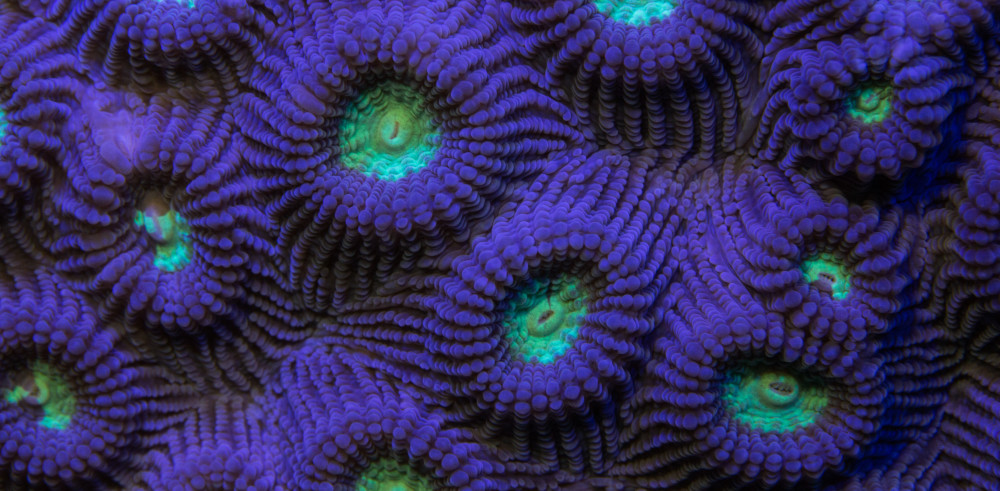Invasive species are introduced animals, plants and fungus that cause damage to the natural environment. Non-native species have a tendency of dominating the habitat and eventually wiping out native wildlife. They have been deliberately or accidentally introduced and generally do more harm than good.
The mongoose was introduced to Okinawa in 1910 in attempt to control the population of venomous snakes. The problem is the habu snake is nocturnal and the mongoose is diurnal, so they rarely meet.

Mongoose ( Hepestes javanicus ) -Nagahama, Okinawa
The pheasant was introduced in the 1900’s as a food source. The bird is also know to feed on small snakes and insects that feed on local crops.

Common Pheasant – Yomitan, Okinawa
The Red eared turtle was Introduced in the the 1960’s. Pet owners generally release these turtles when they get too big.

Red-eared slider -Nagahama, Okinawa
The White jawed frog was introduced in the the 1960’s. It was brought in by the pet trade or hitchhiking on shipping supplies.

White lipped tree frog – Ie Island
The Taiwanese habu was introduced in the 1970s for zoo exibitions and medicine. They are fairly common in Onna village.

Taiwanes habu- Onna village
The Apple snail was introduced as a food source in the 1980s. They are commonly found in rice fields. It’s not recommended to handle or eat these snails raw. They sometimes carry parasites that cause disease.

Apple snail -Kunigami, Okinawa
Feral cats are master hunters. They are responsible for killing native species such as birds, lizards and mice. Some countries have implemented programs to reduce the killing of wildlife. If you own a cat that spends it time outdoors, it is recommended to place a brightly colored collar with a bell on it. This warns the native wildlife and gives them a chance to escape.

Feral cats – Kin, Okinawa
The american bullfrog was introduced in 1918 as a food source. Bullfrogs eat anything they can fit into their mouth. They are larger and overpower the native frogs of the Ryukyu Islands.

American bullfrog – Izena Island
The Giant African snail was Introduced as a food source in the 1930’s . It’s not recommended to handle or eat these snails raw. They sometimes carry parasites that cause disease.

Giant African snail -Kin, Okinawa
The Coconut rhinoceros was introduced with the importation of palm trees.

Coconut rhinoceros beetle
The Snapping turtle was introduced by pet owners. They buy them when they are very small and fail to realize they can live for over forty years.

Snapping turtle – introduced to okinawa
The Taiwanese beauty snake was introduced in the 1970s for zoo exhibitions.

Taiwanese beauty snake – Yomitan, Okinawa
The Brown rat was possibly introduced by lumber transportation ships.

Brown rat (Rattus norvegicus) -Yomitan, Okinawa
Talapia were brought to the Ryukyu islands in the 1960s as a food source. They eat the eggs of amphibians and compete with native fish.

Tiliapia introduced food source – Itoman, Okinawa
This site is also designed to help people identify the beautiful animals of Okinawa, basically to serve as an online nature reference guide. If you would like to make a contribution to support my mission, please click on the donation link paypal.me/maketheswitch4nature
Your donations will help conservation initiatives as well as bring solutions to the worldwide pollution issues on our beautiful shorelines. Thank you for your support, Shawn M Miller.
#MakeTheSwitch4Nature










































































































































































